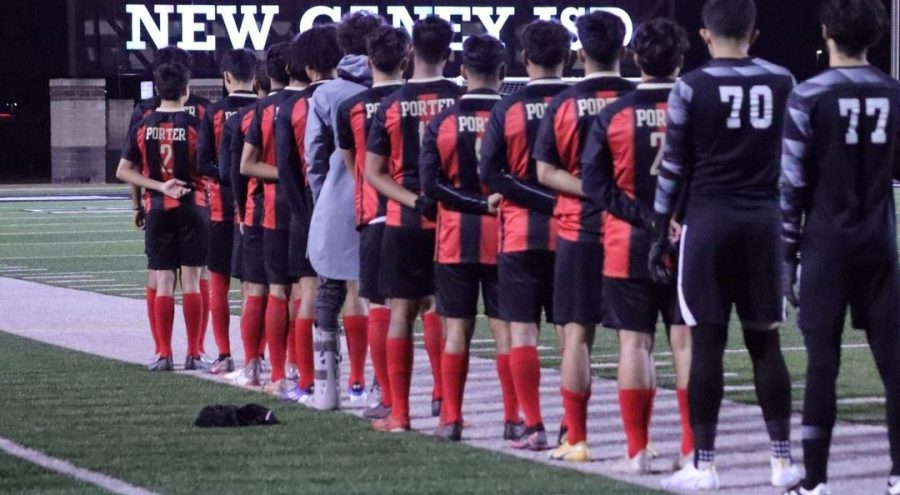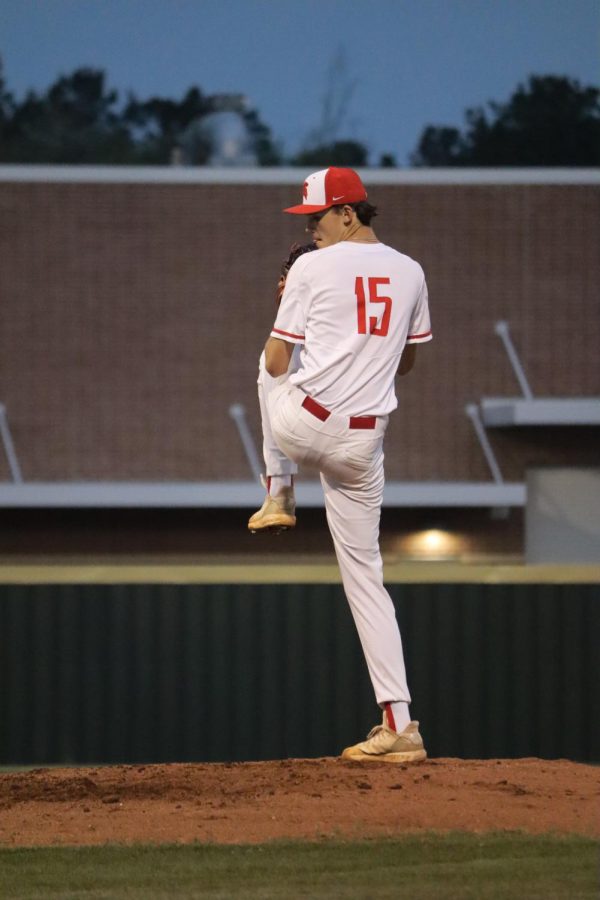
There is no other literature in the world that subtly weaves together the wrath of nature’s beauty in the face of human society than those from Japanese culture. Rich in history and wealthy in knowledge, Japanese literature is like the sensual whispers of a dying fire, burning anyone who is tempted to reach towards it. With 100 years’ worth of change, despair, confusion, and decay, here is an introduction and overview of Japan’s most notable literary figures that need more appreciation from the West.
Natsume Soseki (1867-1916)

Natsume Soseki was born during the rise of the Meiji era (1886-1912) and died four years after it came to an end. From 1905, at around the age of 38, Soseki’s political wit and criticism of Meiji society’s rocky fusion between Western cultures and Japanese traditions (I am a Cat, And Then, Sanshiro), made him become one of Japan’s leading literary influences leading into the 20th century.
Recommendation: Kusamakura (1906) is the author’s earliest and most unique poetic novel. Through a hike into the mountains and to a deserted hotel, Soseki describes an artist’s relationship to nature with essay-like meditations, meaning the plot goes absolutely nowhere.
“An artist is a person who lives in a triangle which remains after the angle which we may call common sense has been removed from this four-cornered world.” -Kusamakura
Jun’ichirō Tanizaki (1886-1965)

Starting his literary career at the age of 22 (1909) towards the end of the Meiji era, Jun’ichirō Tanizaki was inspired by Japanese traditions as well as the likes of Baudelaire and Poe. Tanizaki’s prose is written with shocking explorations of the erotic nature of decadence, Freudian perversions (Naomi, Diary of a Mad Old Man), marriage (Some Prefer Nettles), and the desperation to scream against the enclosing walls of westernization in a constantly shifting Japan.
Recommendation: In Praise of Shadows (1933) is an essay detailing Japanese aesthetics and contrasting it with Western thought. Compared to Western ideals of consumerism and capitalism, Tanizaki explores how Japanese society finds beauty and pleasure from the absence of such objects and in doing so, clears what seems to be convoluted Japanese traditions to Westerners.
“Were it not for shadows, there would be no beauty.” -In Praise of Shadows
Yasunari Kawabata (1899-1972)

Yasunari Kawabata, most famous during Japan’s postwar confusion, was the first Japanese writer to receive the Nobel Prize in 1968. Soon after this, he committed suicide in 1972. Inspired by 15th and 17th-century prose, Kawabata’s writing is subtle in its words but exponentially potent in emotion, detailing the formlessness of beauty, love, harmony, and emptiness; “a cosmic desire connecting us all through our loneliness”. Timeless fiction reminiscent of old Japanese tales, Kawabata is the safest introduction to Japanese literature.
Recommendation: Snow Country (1948), considered to be the author’s masterpiece, is about the doomed affair between a wealthy dilettante and a lowly geisha at an isolated mountain hot spring amidst snow-blanketed western Japan.
“As he caught his footing, his head fell back, and the Milky Way flowed down inside him with a roar.” -Snow Country
Osamu Dazai (1909-1948)

Osamu Dazai lived a very tumultuous life of drug abuse, alcoholism, and suicidal depression. In his postwar daze, Dazai’s writing was influenced by the Japanese “I-novel,” which displays a confessional style of writing about the individual’s view of himself and others. His writing can be described as a strange conversation between you, and the “very cold nature of the abyss” that many people suffering from mental illness find themselves in.
Recommendation: No Longer Human (1948), semi-autobiographical and considered a modern classic in Japan, is about a man’s alienation as a child and into post-war Japan as an adult. Haunting like a ghost telling its own tale, his attempts to mask his suffering through humor, women, drugs, and alcohol only serves to progress his downward spiral.
“Mine has been a life of much shame. I can’t even guess myself what it must be like to live the life of a human being.” -No Longer Human
Yukio Mishima (1925-1970)

A protege of Kawabata in 1946, and nominated three times for the Nobel Prize, Yukio Mishima was the nail that Japan could not hammer down. A traditional author of horrifying vision, Mishima was obsessed with death, patriotism, the destruction of beauty, and brutality. Mishima was inspired by both Bushido (samurai code of ethics) as well as many western writers such as George Bataille and Hemingway. Sensual in its beauty, Mishima’s prose was more akin to “poetry, written with a splash of blood”.
Recommendation: The Sailor Who Fell from Grace with the Sea (1963) takes place in a postwar Yokohama suburb where a sailor of masculine glory, Ryuji, begins to settle down with a westernized mother named Fusako. Her 13-year-old son Noboru, first admiring Ryuji’s honorable ideals, begins to feel a certain betrayal from the sailor and plans an unspeakable act with his gang of “intellectual” sociopaths.
“A small night storm blows/ Saying
‘falling is the essence of a flower’
/Preceding those who hesitate”
-Yukio Mishima, death poem before committing ritual suicide (seppuku), 1970







